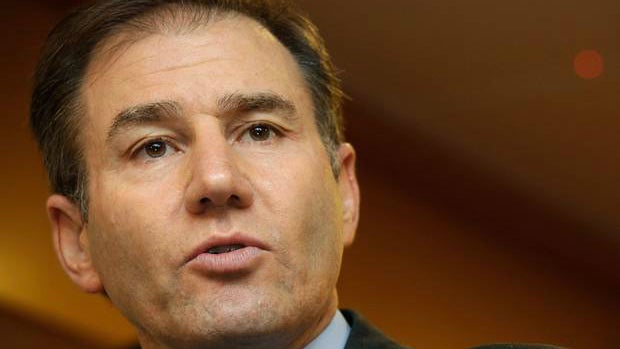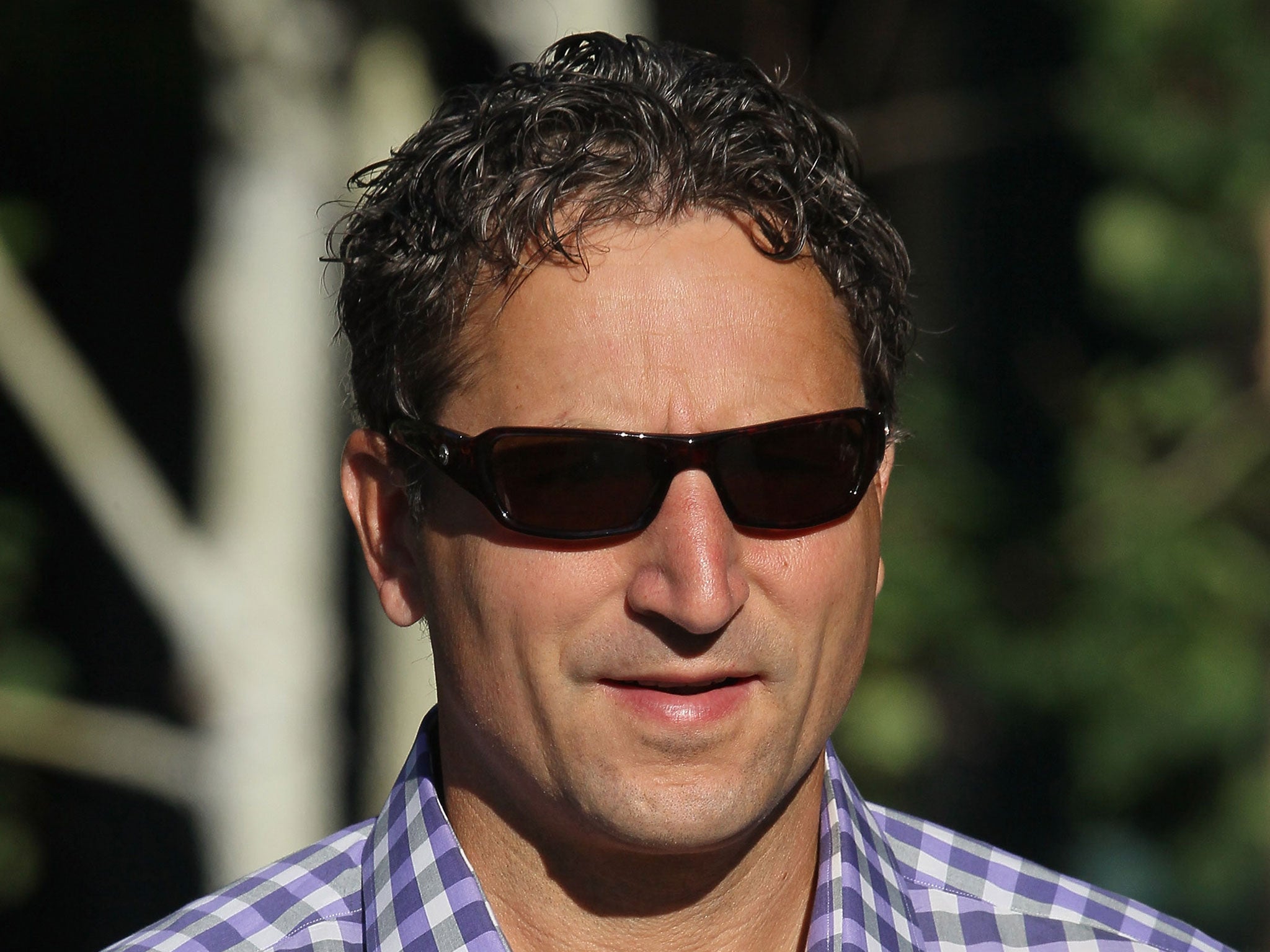Can Ivan Glasenberg dig Glencore out of trouble this time?
Shares in the commodities trader were worth 530p when it went public in May 2011. Yesterday they touched a new low of 169p – and now the firm is a target for the activist investor who once waged war on the Saatchi brothers

Your support helps us to tell the story
From reproductive rights to climate change to Big Tech, The Independent is on the ground when the story is developing. Whether it's investigating the financials of Elon Musk's pro-Trump PAC or producing our latest documentary, 'The A Word', which shines a light on the American women fighting for reproductive rights, we know how important it is to parse out the facts from the messaging.
At such a critical moment in US history, we need reporters on the ground. Your donation allows us to keep sending journalists to speak to both sides of the story.
The Independent is trusted by Americans across the entire political spectrum. And unlike many other quality news outlets, we choose not to lock Americans out of our reporting and analysis with paywalls. We believe quality journalism should be available to everyone, paid for by those who can afford it.
Your support makes all the difference.Traders tend to want to get their punishment in early. And at the moment the unfortunate target of their itchy trigger fingers is Glencore.
Shares in the London-listed commodities trading and mining conglomerate were hacked down to a record low ahead of what are expected to be weak half-year results on Wednesday. The group is trading well below the reported value of its assets, with a miserable price to book value of 0.73.
It’s a long way from the halcyon days of May 2011 when the Swiss-based partnership became the biggest float in the FTSE 100’s history. Glencore raised $11bn (£7bn) by selling 20 per cent of its equity. And at 530p a share the company was valued at an eye-popping $60bn. Glencore’s dominant position in trading the world’s zinc and copper, and the strong demand from China for these commodities, seemed to make it a no-brainer buy.
The IPO made Glencore’s South African-born chief executive, Ivan Glasenberg, and five of his top team paper billionaires overnight. Mr Glasenberg’s 16 per cent share of the business was worth about $9bn that spring. And with 500 traders making $100m each from the float, the company became known as “the millionaire factory”.
But the global commodity cycle was already on the turn – and Glencore’s share price went south with it. Mr Glasenberg looked to corporate activity to stop the rot. He announced plans for a $60bn merger with Mick “the Miner” Davis’ Xstrata in February 2012. The argument was that bringing together the activities of mining commodities and trading them was a way to buck the cycle. The Glencore-Xstrata deal was initially billed as a “merger of equals”. But Mr Davis was rapidly eased out and in May 2014 Glencore Xstrata changed its name to plain old Glencore.
The logic of the merger has not been born out. By having exposure to trading and mining it turns out Glencore is more exposed to the commodities slump, not less. In August 2013 Glencore announced a whopping $7.7bn writedown of Xstrata’s assets. The earnings side of the balance sheet is now looking shakier too. Analysts think Glencore’s trading profits this week will undershoot its full-year guidance.

The group’s market value is down about 55 per cent in the past two years to $35bn. Worse, Glencore’s share price this year is underperforming other global miners such as Rio Tinto and BHP Billiton.
A $500m writedown on the Chad-focused oil explorer Caracal Energy (bought for $1.6bn before the oil price collapse last year) hasn’t helped sentiment. And analysts say Glencore is relatively undiversified compared with other miners – with a high exposure to thermal coal and copper. The economy of China, the world’s biggest consumer of both copper and coal, is faltering, making that focus look like a serious handicap.
Yet a large part of the reason for Glencore’s relative underperformance is its leverage. At the end of last year its debt pile was $50bn (and expected to rise). To retain its investment-grade BBB credit rating (crucial for funding its trading division cheaply) the group needs to reduce outstanding borrowing. That is likely to be the reason it sold $290m of mining assets last week and took an axe to this year’s capital expenditure, cutting planned investment outlay by $800m.
And now the US activist hedge fund Harris Associates has taken a stake in Glencore. Harris’s chief investment officer, David Herro, is best known for spearheading a campaign to kick Maurice and Charles Saatchi out of their eponymous listed advertising agency in 1994. Mr Glasenberg is understood to have met representatives from Harris. And the activist fund’s holding, at 1 per cent (worth about £250m), is modest. Mr Herro also said he was buying into Glencore as a “long-term value investor”.
Yet there could be tension ahead. Mr Glasenberg has talked of his desire to do another Xstrata-style deal. Last year he approached Rio Tinto with the idea of creating the world’s biggest miner in a £100bn deal. But Harris has form for blocking ambitious expansions. In 2011 it scotched G4S’s attempted acquisition of catering company ISS.
Mr Glasenberg still owns 8.5 per cent of Glencore. His net worth has taken a huge hit: he’s now down to his last £1.9bn. He can’t sell his shares until May 2016 and has said he won’t sell while he is still involved in the company. But he has received £380m in dividends since the float. And some of Mr Glasenberg’s fellow directors have been able to offload their shares since May, when a four year post-float lock-in expired.
Glencore points out that it has returned more cash to investors in dividends and buybacks than it raised in 2011. But there can be no disguising that investors who bought into the float and held on have done poorly.
And in truth it was foreseen. Before Glencore came to market the likes of Goldman Sachs were warning that the commodities “supercycle” was turning. In trading timing is everything. Mr Glasenberg and his colleagues, expert traders as they are, sold their company to the public at the very top of the market.
Join our commenting forum
Join thought-provoking conversations, follow other Independent readers and see their replies
Comments